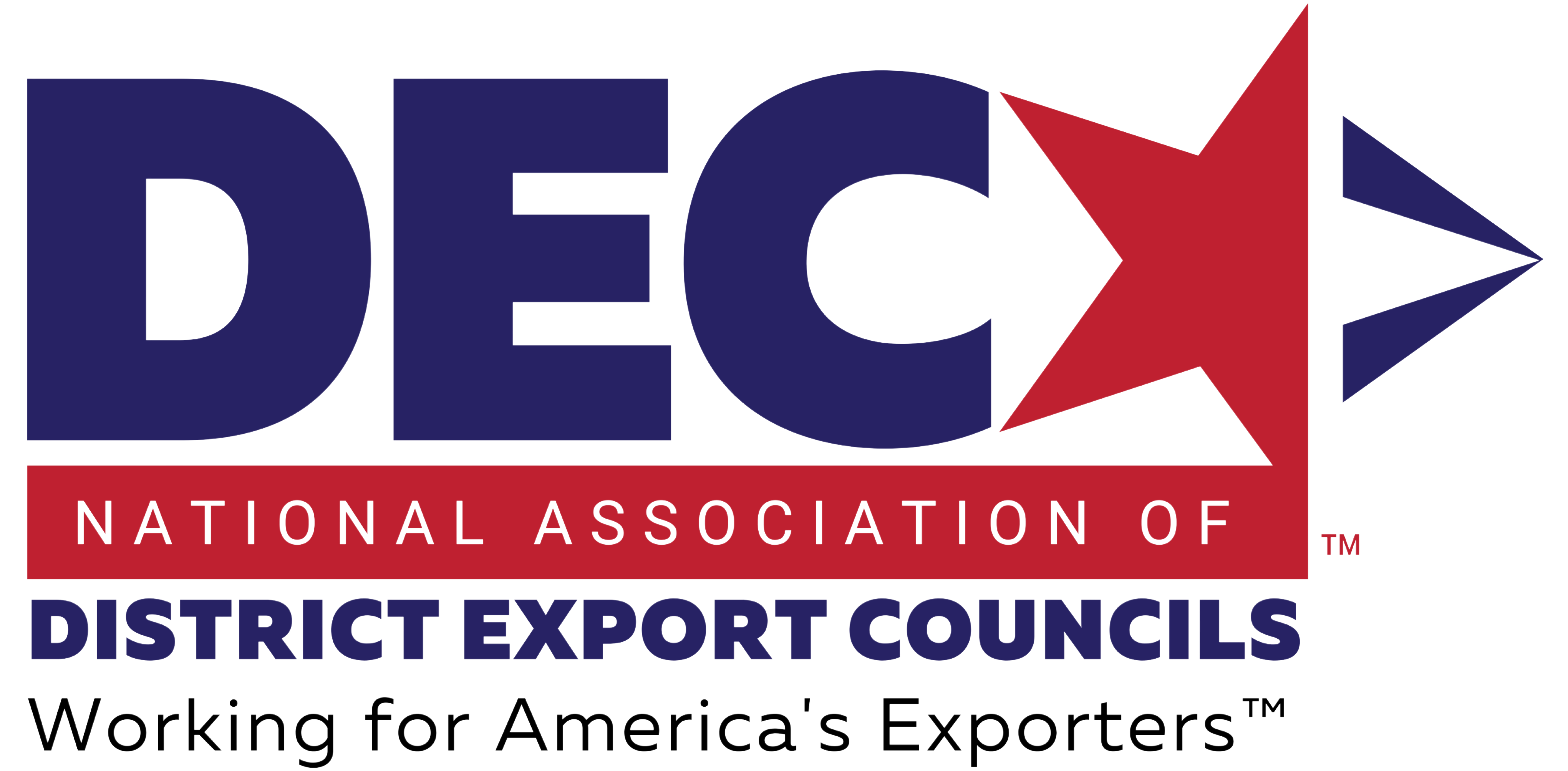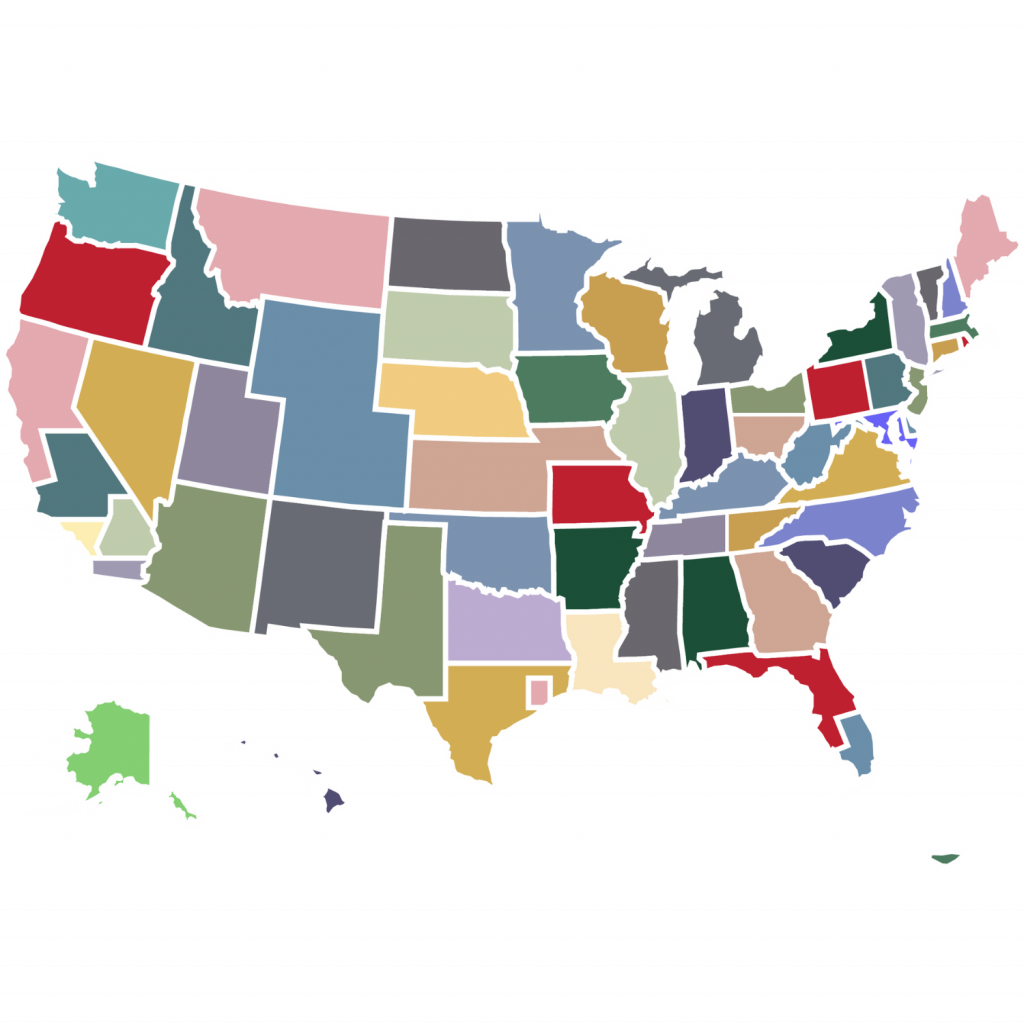It has been a painful roller-coaster full of emotions for Americans on what will surely be known as the era of COVID-19. The western hemisphere is used to having an abundance of products that would normally be found at the local pharmacy like toilet paper, antibacterial soap, hand sanitizer and canned food. Yet, during the COVID-19 pandemic, America had such shortages that retailer aisles were empty despite attempts to have basic staples in stock.
Many of the products we consume or use from these and all other retailers, are either manufactured in China or have components that are sourced from China. Even the machinery used in U.S. manufacturing is sometimes made in China. The U.S. Census Bureau recorded for 2019 imports from China to the U.S. valued at over $451 billion and over $1 trillion from Asia as a whole in goods alone.
When China changed its economic policy to a more consumerist-friendly driven force, it began to attract manufacturing companies due to its low cost from wages and a state-run economy that was encouraging investment and access to the largest untapped market in the world. The China Effect continued to have an influence in trade and like dominoes, more U.S. companies wanted to enter the market and manufacture in the low-cost country. U.S. firms were willingly subduing the convoluted permit process and giving up half of their ownership – along with their intellectual property – to China so in turn they could access the market and its low-cost manufacturing apparatus. Anything from small gadgets to high tech equipment and cars are manufactured in China at pennies on the dollar.
It takes a cargo container over 28 days to reach a port of entry in the U.S. from Asia but only 11 hours to a few days by truck from Mexico and most countries in Latin America. The World Bank calculates the 2019 Per Capita Gross National Income (GNI) in East Asia at $11,725; China at $10,410; but only $8,775 in Latin America and the Caribbean, making labor in Asia more expensive than our neighbors south of the border. On the other hand, Latin America also became a customer of China and instead of developing a focused strategy to logistics, manufacturing and exporting, it continued with an economic policy that proved lethal for the western hemisphere during the 2020 pandemic.
Latin America as a whole does not have a streamlined infrastructure. It may not have the labor currently needed to diversify some manufacturing from Asia. The political stability of the region has been inconsistent. We can argue many other shortcomings that make the region questionable to support a shift of some manufacturing from Asia to Latin America in order to prevent another supply chain crisis. However, as Congressman Rick Crawford (R-AR) has stated often, this can be easily overcome with time and dedicated effort.
One story comes to mind when thinking about these intricacies of barriers. Only 26 years ago, Mexico had similar obstacles and to make it worse, was facing an economic crisis in the country. Now, during 2019, Mexico was the second largest manufacturing source for the U.S., responsible for 13.2 percent of all imports, slightly trailing China’s 16 percent. During 2019, Mexico was the second largest export market for the U.S. Likewise, the U.S. was Mexico’s largest export market, indicating that trade is flowing both ways, helping grow the economy in both countries.
Mexico was able to turn, refocus and restructure labor as well as infrastructure, becoming an example of how a neighboring country can thrive on a trade agreement with the U.S. in the Latin America region. The Latin America region has similar hurdles as Mexico did during the great NAFTA experiment. The experiment was so successful that it developed into a newly updated United States-Mexico-Canada free trade agreement. This successful experiment, now the most successful free trade agreement the US has, along with the supply chain disruptions during the COVID-19 pandemic, is proving that the next logical step for the USMCA is a robust LAUSCA (Latin America United States Canada) free trade agreement bloc. A trading bloc is something Congressman Crawford is also advocating by focusing in Central America as the first step. This trading bloc will diversify, lower cost of goods and secure the supply chain to the U.S. by expanding into nearby Latin America. Mexico proved that in Latin America, if we build it, they will come.
Melvin Torres is the director of Western Hemisphere Trade for the World Trade Center Arkansas . He has managed cross-functional executive teams as a vice president, a director, and a general manager at some of the world’s strongest companies including Citigroup, General Electric and Commerce Bank.
The mission of the World Trade Center Arkansas is to grow trade and increase Arkansas exports by connecting Arkansas businesses to the world through international trade services. The Center is part of the University of Arkansas and serves as the trade promotion arm for the Arkansas Economic Development Commission. For more information and valuable updates, please follow the Center on LinkedIn, Facebook and Twitter or subscribe to the World Trade Center Arkansas newsletter.































































